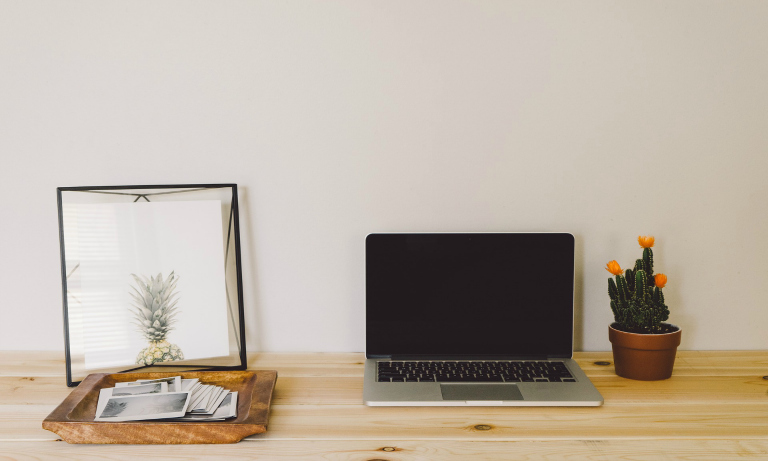 Hunting for hygge, a new ingredient in Denmark’s recipe for happiness
Hunting for hygge, a new ingredient in Denmark’s recipe for happinessThe latest wellbeing craze, hygge (pronounced hue-gah) originating from Denmark, is a mix of mindfulness and a shrewd marketing ploy. Although hygge has no direct translation into English, it’s widely used to describe a moment or feeling that is cosy and contented.
Picture the scene of coming inside from the bitter cold into a cosy Scandi home environment, fur rugs and chunky knitwear, red wine by the open fire and slippers at the ready. This sums up Hygge in one.
For those who practice Hygge, it is a much needed reminder to slow down, pause, and savour the small comforts in life. For its critics, it’s merely a fashionable term helping to shift seasonal products.
But perhaps it could actually help with employee wellbeing in the UK. With 11.7 million working days lost to stress, depression or anxiety between 2015 and 2016, could businesses draw ideas from it to improve staff wellbeing? And, as a consequence, boost small business productivity?
Director of Game PR, Victoria Filtness, says, “Hygge is being able to let yourself actually enjoy life, like stopping and taking the time to watch a lovely sunset,”
“I went to Copenhagen two years ago and I’d bought a city guide book, which mentioned hygge in passing.” She fell in love with the concept and eventually set up her own blog on the practice called, This Hygge Life.
The addition of live plants and soothing orange light bulbs to your office, as well as regularly turning your phone off, there are simple suggestions on how to hygge your working life. “I think hygge is something that I have been doing subconsciously my entire adult life,” Filtness adds.
Does Hygge contradict everything we know about workplace life? Can you still be productive and work efficiently? Yes, many Hygge followers say that all well-functioning workplaces have space for hygge.
Nicky Rudd, managing director of content creation and events agency, Padua Communications, agrees. “It may be a buzzword [in the UK] for now, but I try and make it so that everything I do has balance and is cozy and warm.”
Her personal approach includes flexible working hours and encouraging staff to enjoy the natural beauty surrounding the office on the edge of the New Forest. “We’ve built our work around what we want to get out of life, rather than being constrained by stressful, fixed-hours jobs.”
Being considerate towards colleagues could be a simple way to bring hygge to the workplace. Being open and friendly to your workmates without being judgmental or challenging allows them to truly be themselves and to create the sense in other people that they are allowed to be who they truly are.
Office design and comforts play a part in the Hygge vibe too. Creating spaces which are a bit more home-like, a little haven where you could retreat too in the corner of the office could help staff to regain some courage, clear thinking and energy.
In Denmark, a nation recently credited with being the happiest country, these safe and home-like spaces are a common feature. “We have an indoor piazza where everyone eats together every lunchtime,” says Lasse Skole Hansen from digital travel agents, Momondo, headquartered in Copenhagen. “This is a very common idea in Danish offices and makes for a really hygge situation.”
Alongside office plants and art on the walls, the business has “acoustically secured” cocoons. They are used for work or social chat among colleagues and are designed to muffle sound, so you can sit in an open area and have a private conversation.
With fantastic potential benefits, some small businesses have been adopting the Danish philosophy in workplace design, even when budget and space is tight.
“We’ve gone to great lengths to make our offices very comfortable and accommodating,” says Dan Rogers, CEO of the London office of Peakon, a Danish tech company that runs an employee engagement platform.
Peakon focused on maximising the space and facilities it had with minimal tweaks, such as using warm colours in the decor and spending wisely on good quality lighting, comfortable seating and a well-stocked kitchen. “Ultimately, your office has to be a place where employees want to spend time, and one of the easiest ways to do that is to make it homely.”
There does however need to be a balance between feminine and masculine energy in the design and comforts of the office. Rogers says: “A nice working environment has a huge impact on employee wellbeing, and on an employee’s desire to be in the office, which has a commensurate effect on productivity and performance.”
Join Over 40,000 Recruiters. Get our latest articles weekly, all FREE – SEND ME ARTICLES
Recruiters love this COMPLETE set of Accredited Recruitment & HR Training – View Training Brochure








